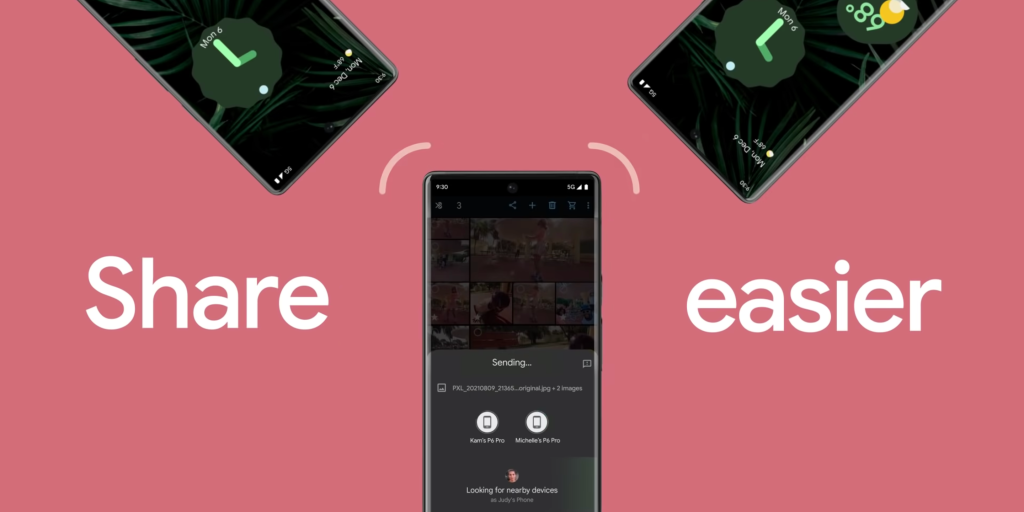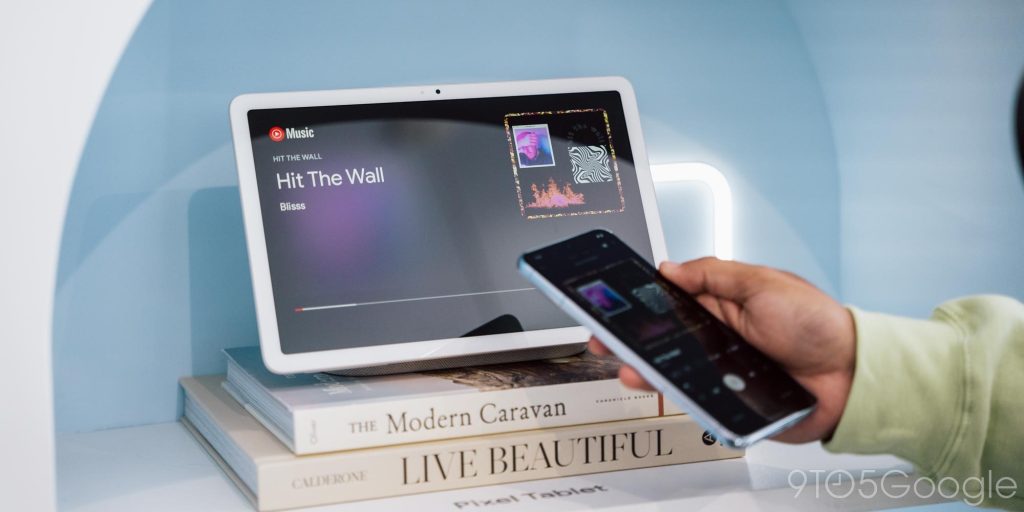
This week, after a significant delay, Google finally started rolling out its Find My Device network for Android. It's there, but it also highlights the fact that Google, and Android as a whole, have severely neglected UWB.
UWB, or ultra-wideband, technology is not particularly new. It is used for very short range communications. On a large scale, this is useful for high-speed connectivity in smaller areas. But where the technology's limitations are highlighted by this use case, the same weakness also makes UWB particularly good at communicating with nearby devices in a way that lets you know how close things are to each other.
As such, UWB is useful for things like digital car keys or “tapping” nearby devices to interact with them. Android supports these types of uses, but it all depends on your hardware — using this UWB requires additional hardware outside of cellular radios — as well as what the software can do.
Google hasn't done much with it.
As it stands, there's nothing you can do with UWB on, say, the Pixel 8 Pro, which supports this technology. This is despite Google packing the hardware for this into the Pixel 6 Pro, 7 Pro, and Pixel Fold as well. One of the very few places it's being taken advantage of right now is in quick sharing.

This won't change with Find My Device network either. Although Apple's AirTags have used UWB since day one to help users pinpoint the exact location of a lost item, none of the AirTag-like trackers announced for the Find My Device network actually support UWB. It's possible that this will change in the future, but Google hasn't even mentioned UWB support for this network yet, so it's hard to know what the company's plans are.
But there are some developments on the horizon.
Google has confirmed that the Pixel Tablet will soon support the “Tap to Cast” feature with UWB-compatible Android phones starting this year, and it appears that the Pixel Watch 3 will also support the technology to better unlock your phone when the two are close together. . These are really useful ways to show off technology and use it in a way that you'll actually notice.

Of course, Google is not the only culprit here. Back in 2020, Samsung expressed interest in how UWB would be a big deal, but it hasn't come very far in the time since. The company still only equips its high-end smartphones with the technology, as well as the Galaxy SmartTag 2's UWB mode (which doesn't work with the larger Android Find My Device network).
What does the future hold with UWB on Android? I Hopes UWB trackers are in the future, but I really want to see Google start using this technology, as it appears the company is finally starting to do so. UWB technology has a lot of interesting applications, many of which Apple already uses, but has been severely neglected.
More about Find My Device:
Follow Ben: Twitter/X, ThreadsAnd Instagram
FTC: We use automatic affiliate links to earn income. more.

“Certified food guru. Internet maven. Bacon junkie. Tv enthusiast. Avid writer. Gamer. Beeraholic.”





More Stories
Nintendo is launching a music app with themes from Mario and Zelda, and more importantly, a Wii Shop channel
The Google Pixel Tablet 3 will take another step towards replacing your laptop
Apple still excels at building the best computers